Садржај
Pluteus variabilicolor (Pluteus variabilicolor)
- Одељење: Басидиомицота (Басидиомицетес)
- Пододељење: Агарицомицотина (Агарицомицетес)
- Класа: Агарицомицетес (Агарицомицетес)
- Подкласа: Агарицомицетидае (Агарицомицетес)
- Редослед: Агарицалес (Агариц или Ламеллар)
- Породица: Плутеацеае (Плутеацеае)
- Род: Плутеус (Плутеус)
- Тип: Pluteus variabilicolor (Pluteus variegated)
:
- Pluteus castri Justo & EF Malysheva
- Pluteus castroae Justo & EF Malysheva.
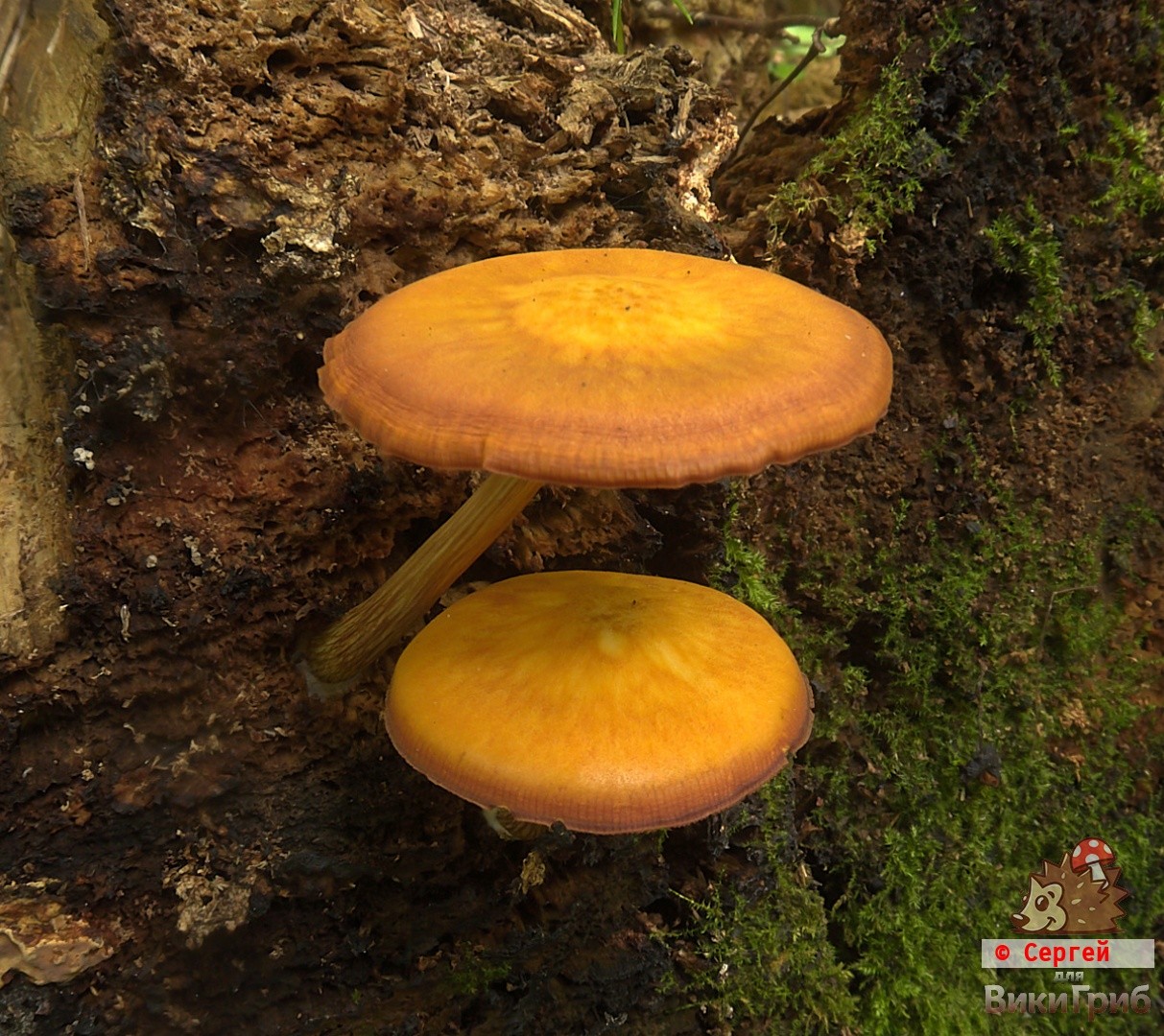
The etymology of the name is from the Latin pluteus, im and pluteum, in 1) a movable canopy for protection; 2) fixed defensive wall, parapet and variabili (lat.) – changeable, variable, color (lat.) – color. The name comes from the color of the cap, which ranges from yellow to orange to brown-orange.
Plyutey multi-colored was described twice. In 1978, the Hungarian mycologist Margita Babos and then in 2011 Alfred Husto, in collaboration with E.F. Malysheva, re-described the same fungus, giving it the name Pluteus castri in honor of the mycologist Marisa Castro.
глава medium size 3-10 cm in diameter flat, flat-convex, smooth (velvety in young mushrooms), with veins (translucent plates), sometimes reaching the middle of the cap, yellow, orange, orange-brown, with a darker central crown, often radially wrinkly-veined, especially in the center and in mature specimens, hygrophanous.
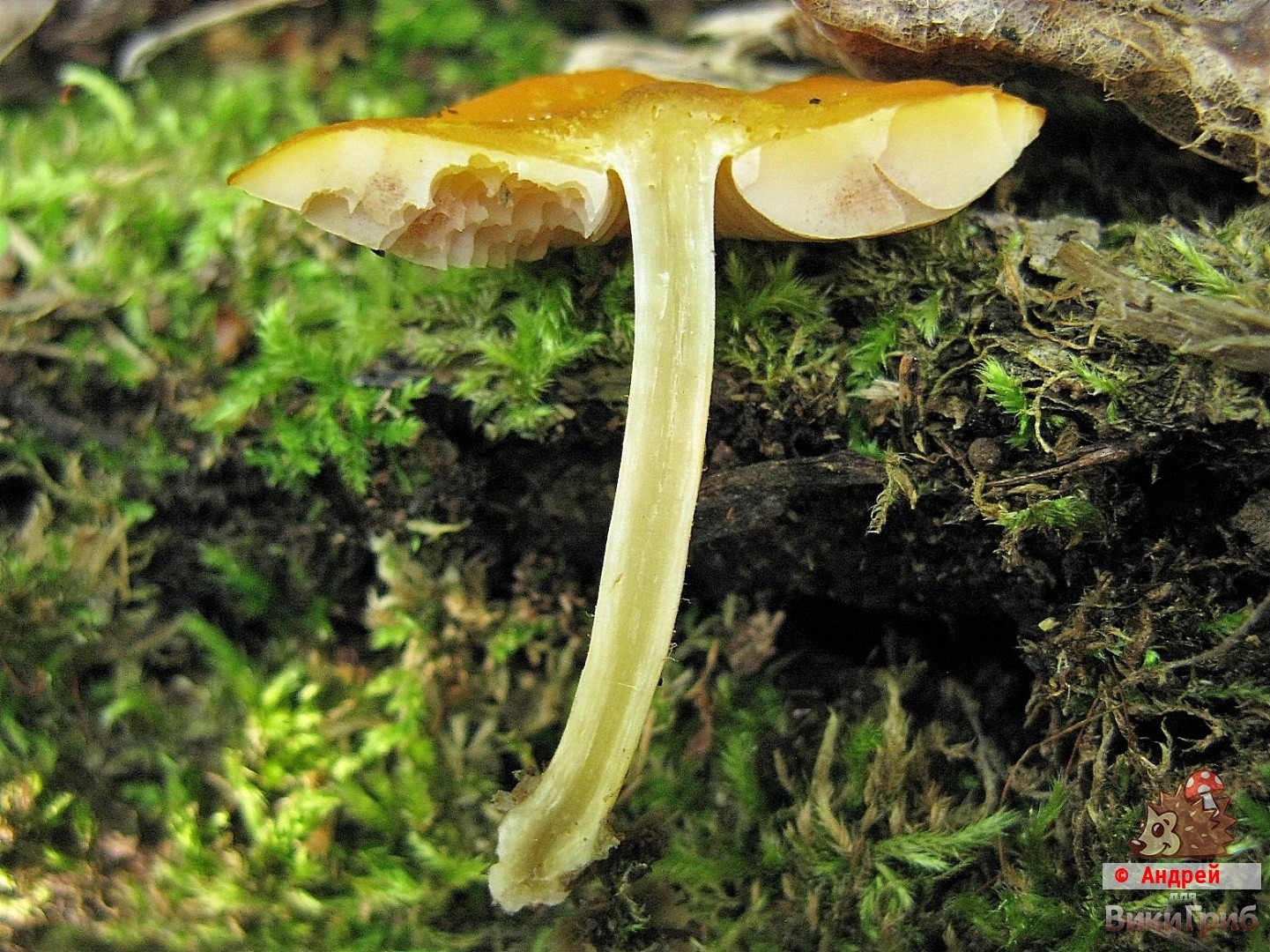
The flesh is yellowish-white, under the surface of the cuticle is yellow-orange, without any special smell and taste.
Хименопхоре mushroom – lamellar. The plates are free, often located. In young mushrooms, they are white, with age they become pink in color with lighter edges.
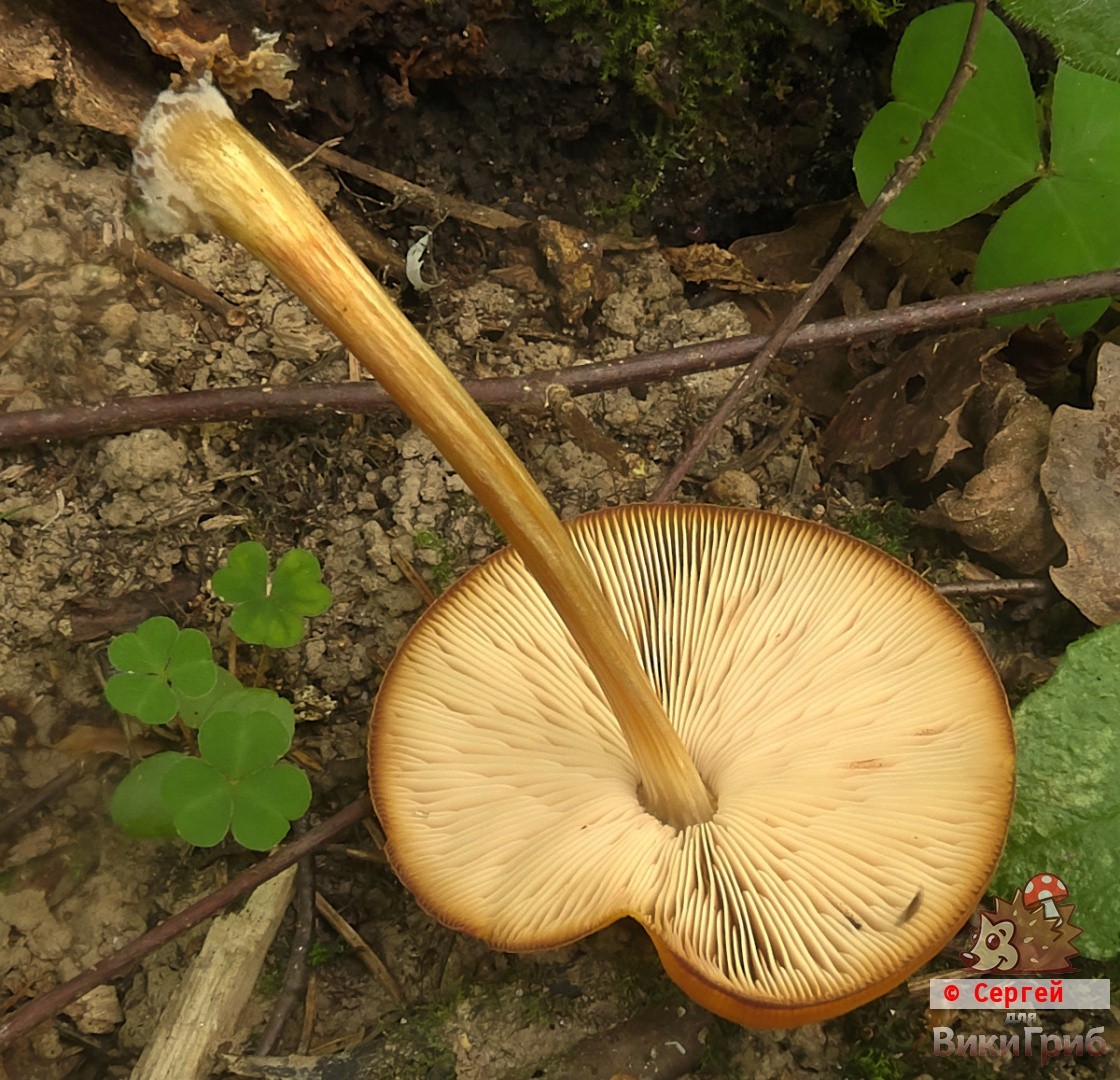
отисак спора розе.
Спорови 5,5-7,0 × 4,5-5,5 (6,0) µm, averaging 6,0 × 4,9 µm. Spores broadly ellipsoid, full-globe.
Basidia 25–32 × 6–8 µm, club-shaped, 4-spored.
Cheilocystidia are fusiform, flask-shaped, 50-90 × 25-30 µm, transparent, thin-walled, often with short wide appendages at the apex. In the photo, cheilocystidia and pleurocystida at the edge of the plate:
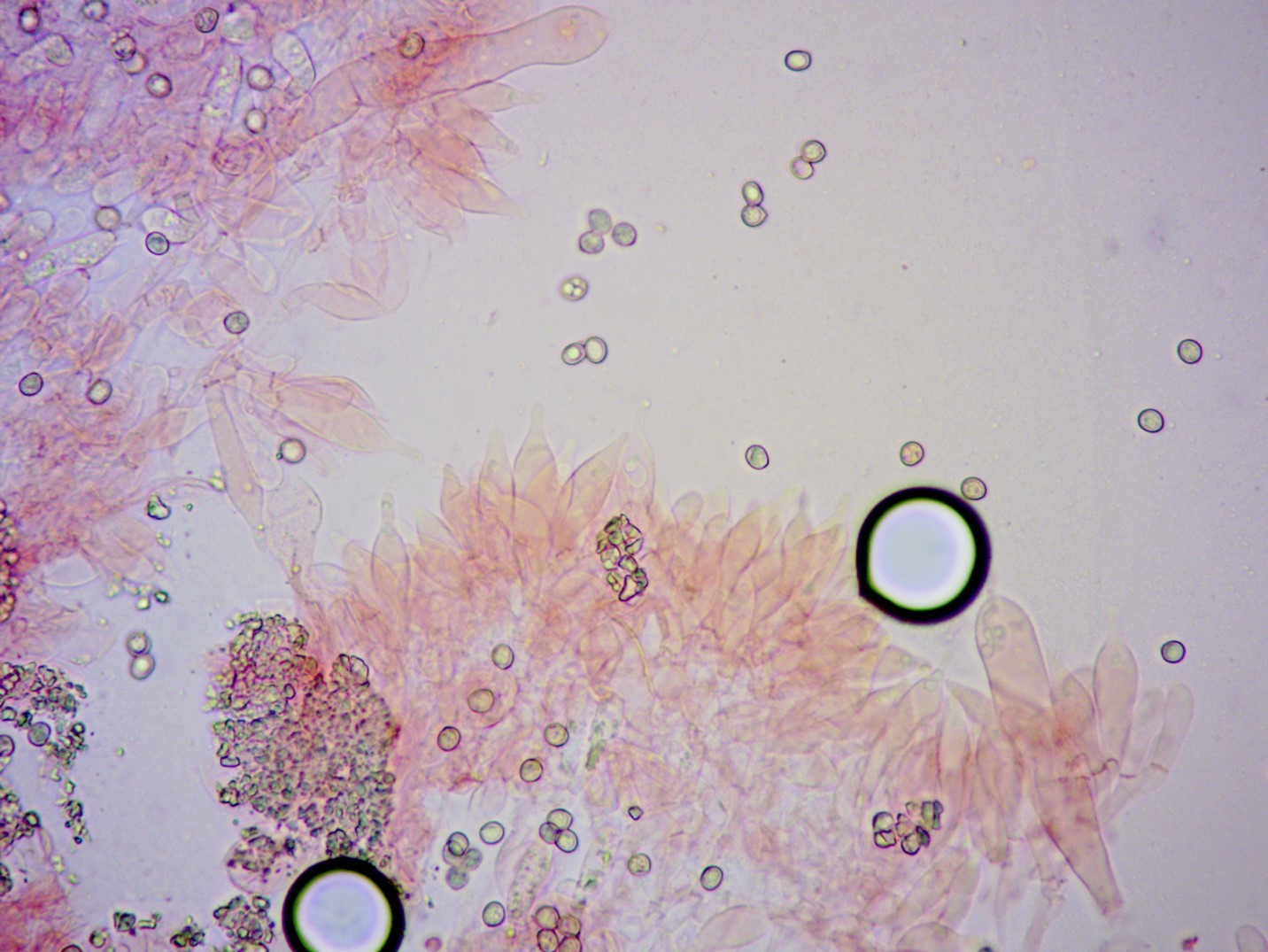
Rare, fusiform, flask-shaped or utriform pleurocysts 60-160 × 20-40 µm in size. In the photo of a pleurocystid on the side of the plate:
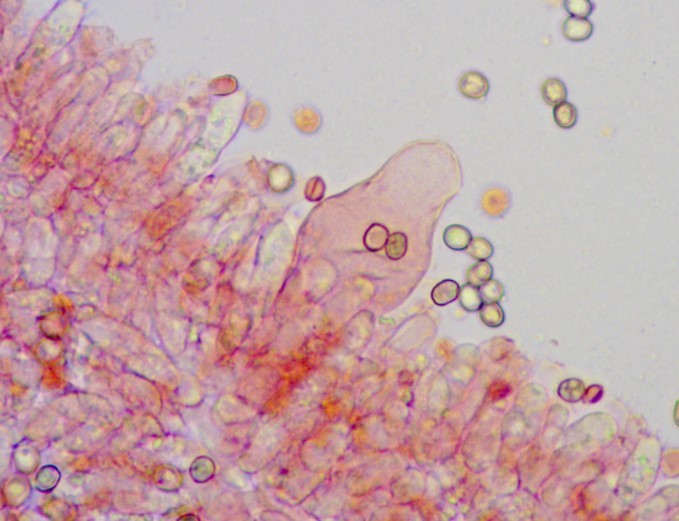
Pileipellis is formed by the hymeniderm from shorter, club-shaped, rounded or cylindrical terminal elements and elongated cells 40–200 × 22–40 µm in size, with intracellular yellow pigment. In some areas of the cuticle, the hymeniderm with short cells predominates; in other parts, elongated cells strongly predominate. Often the elements of the two types are mixed, regardless of whether they are in the center or on the edge of the pileus. In the photo, the terminal elements of the pileipellis:
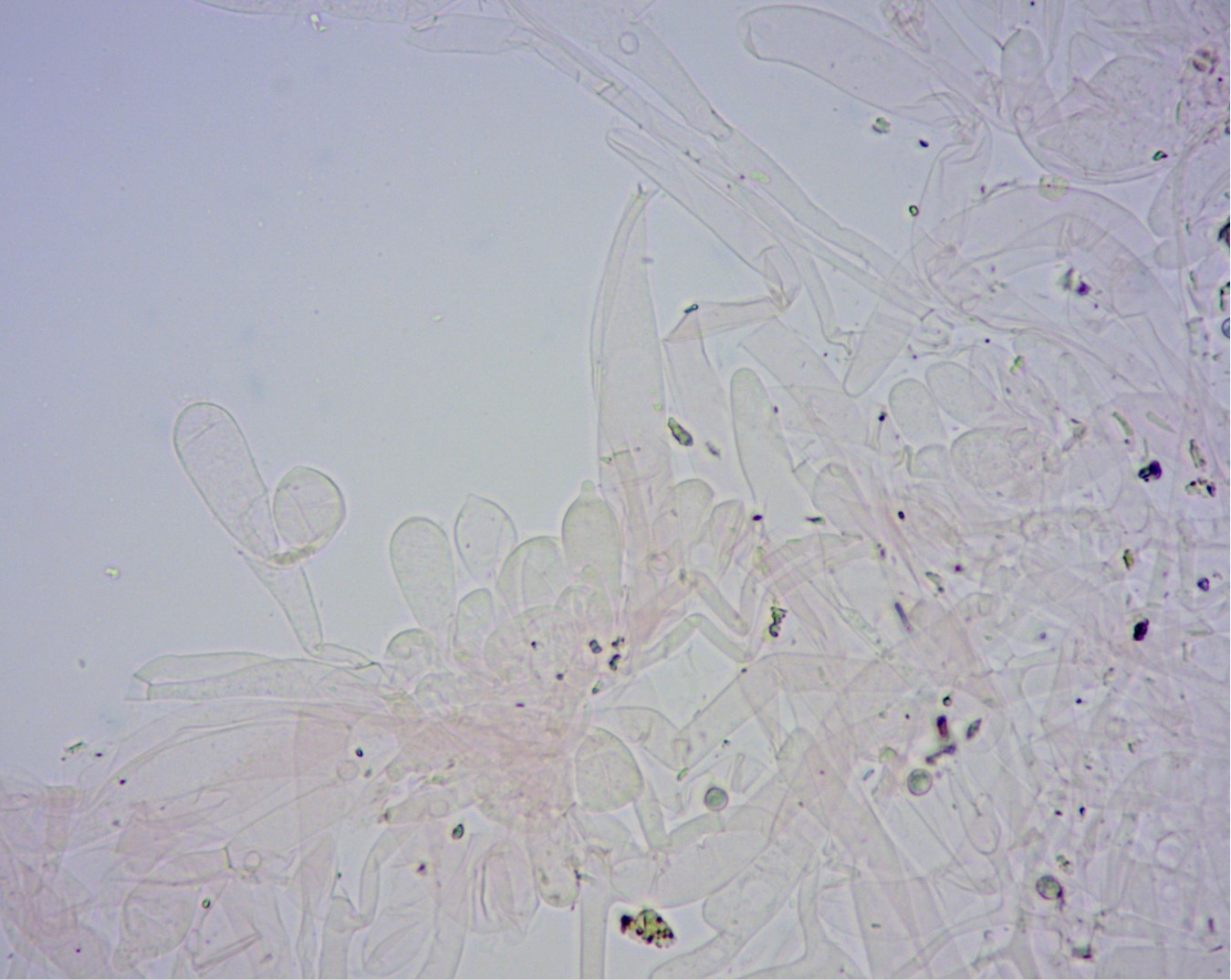
Pileipellis with club-shaped end elements and elongated elements, even strongly elongated:
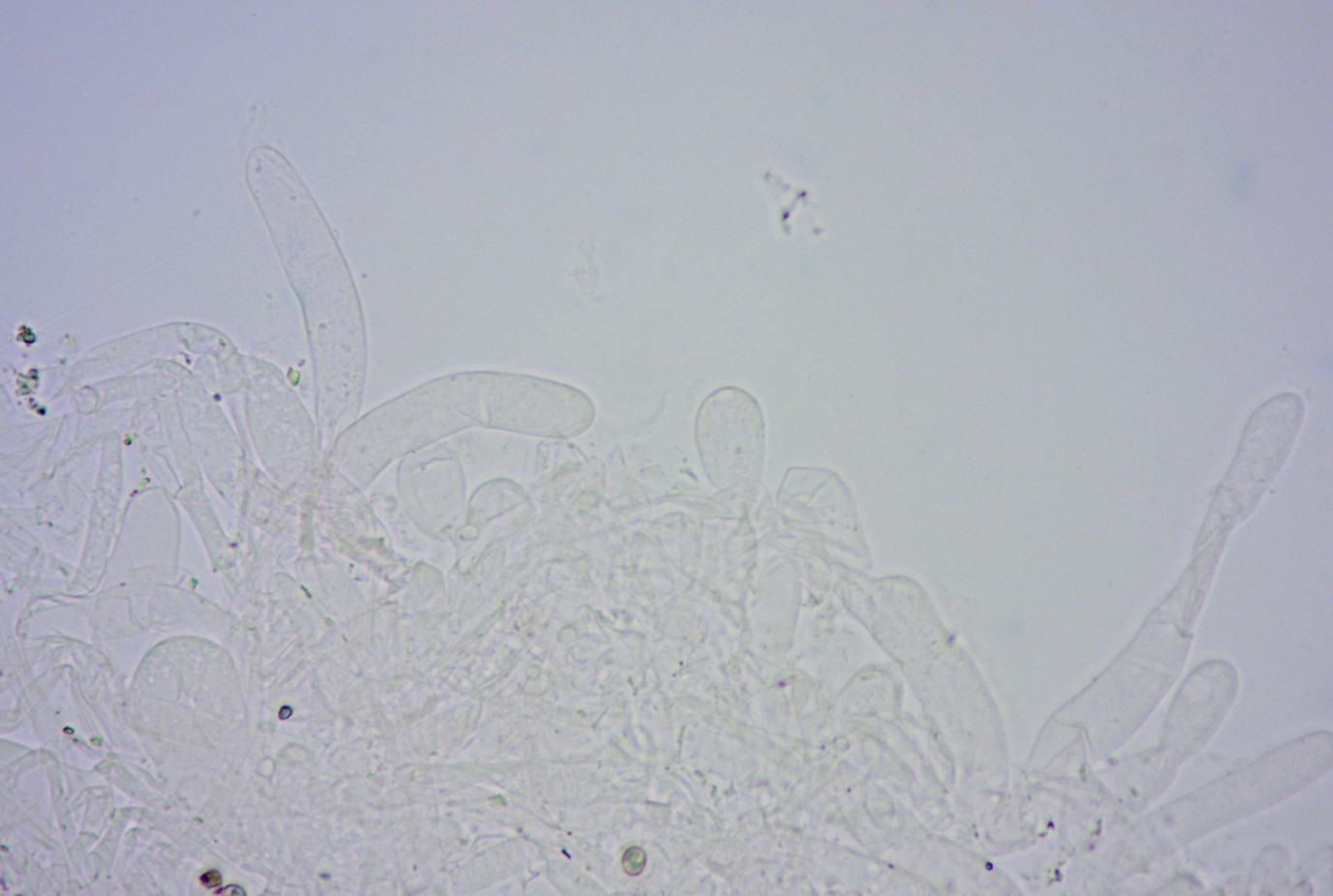
Caulocystidia are present along the entire length of the stalk 13-70 × 3-15 µm, cylindrical-clavicular, fusiform, often mucous, usually grouped.
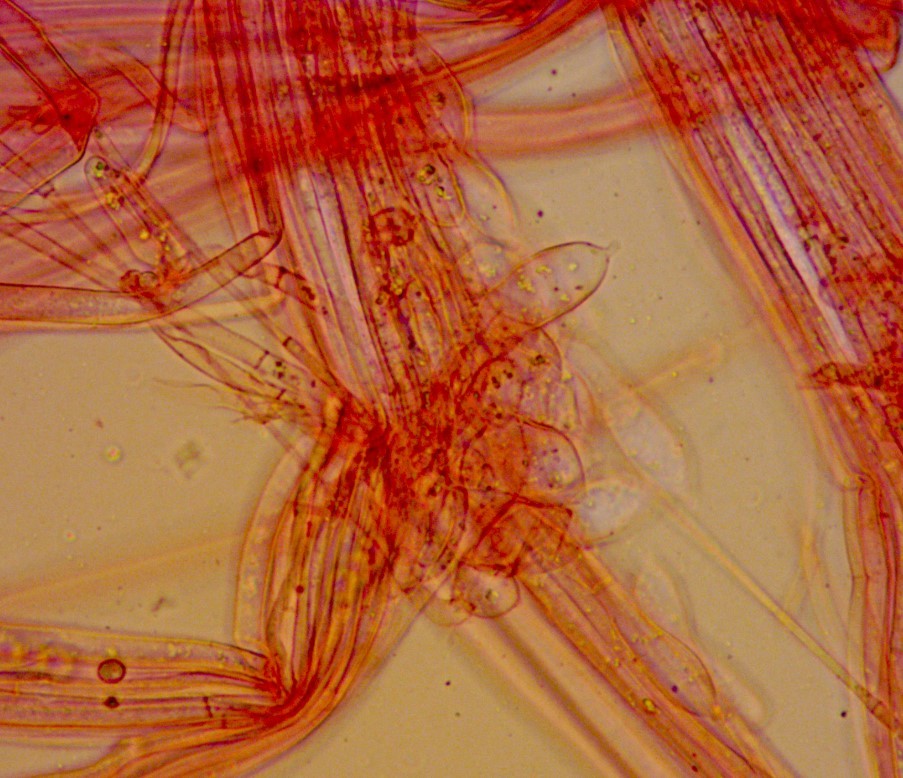
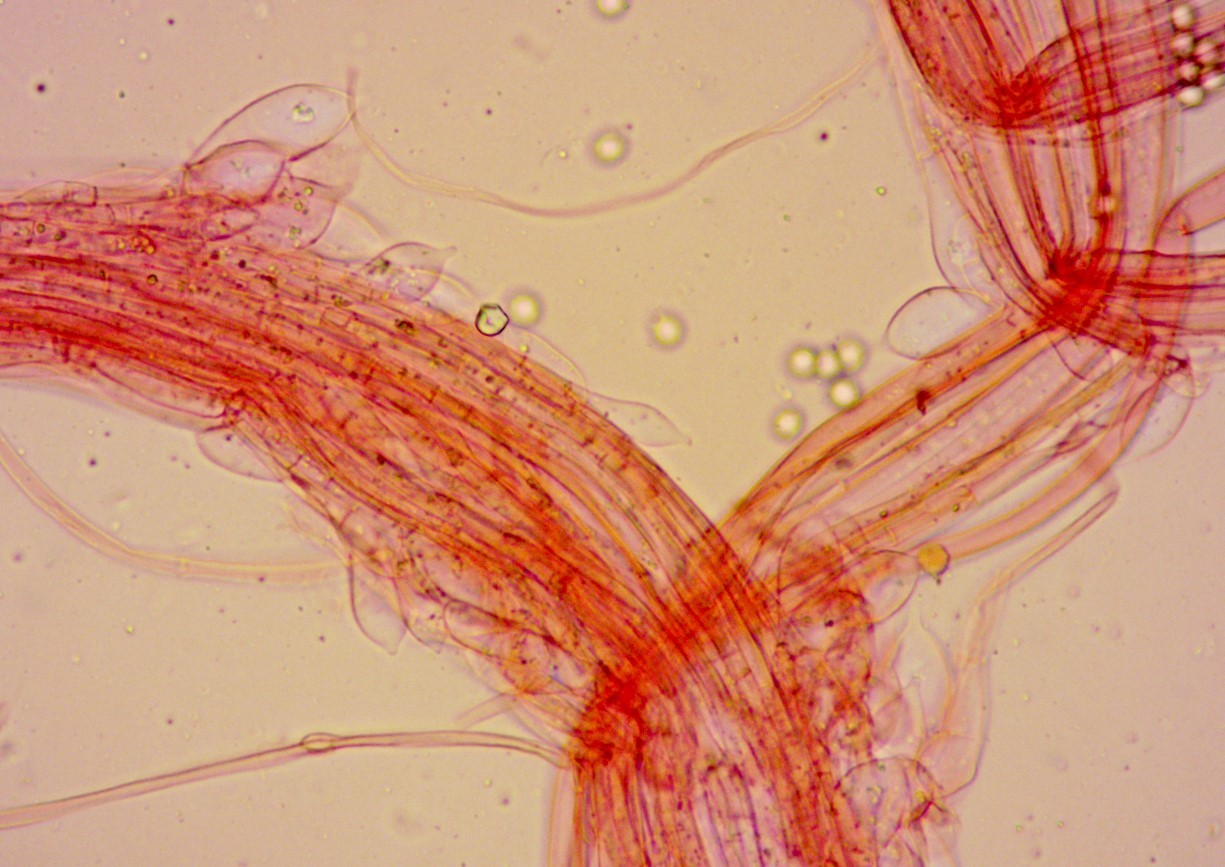
Нога central 3 to 7 cm long and 0,4 to 1,5 cm wide, characterized by a cylindrical shape with a slight thickening towards the base, longitudinally fibrous along the entire length, yellow, in adult specimens with a reddish tint closer to the base.
It grows singly in bushes, or in more or less large groups of specimens on trunks, bark or decaying woody remains of broad-leaved trees: oaks, chestnuts, birches, aspens.
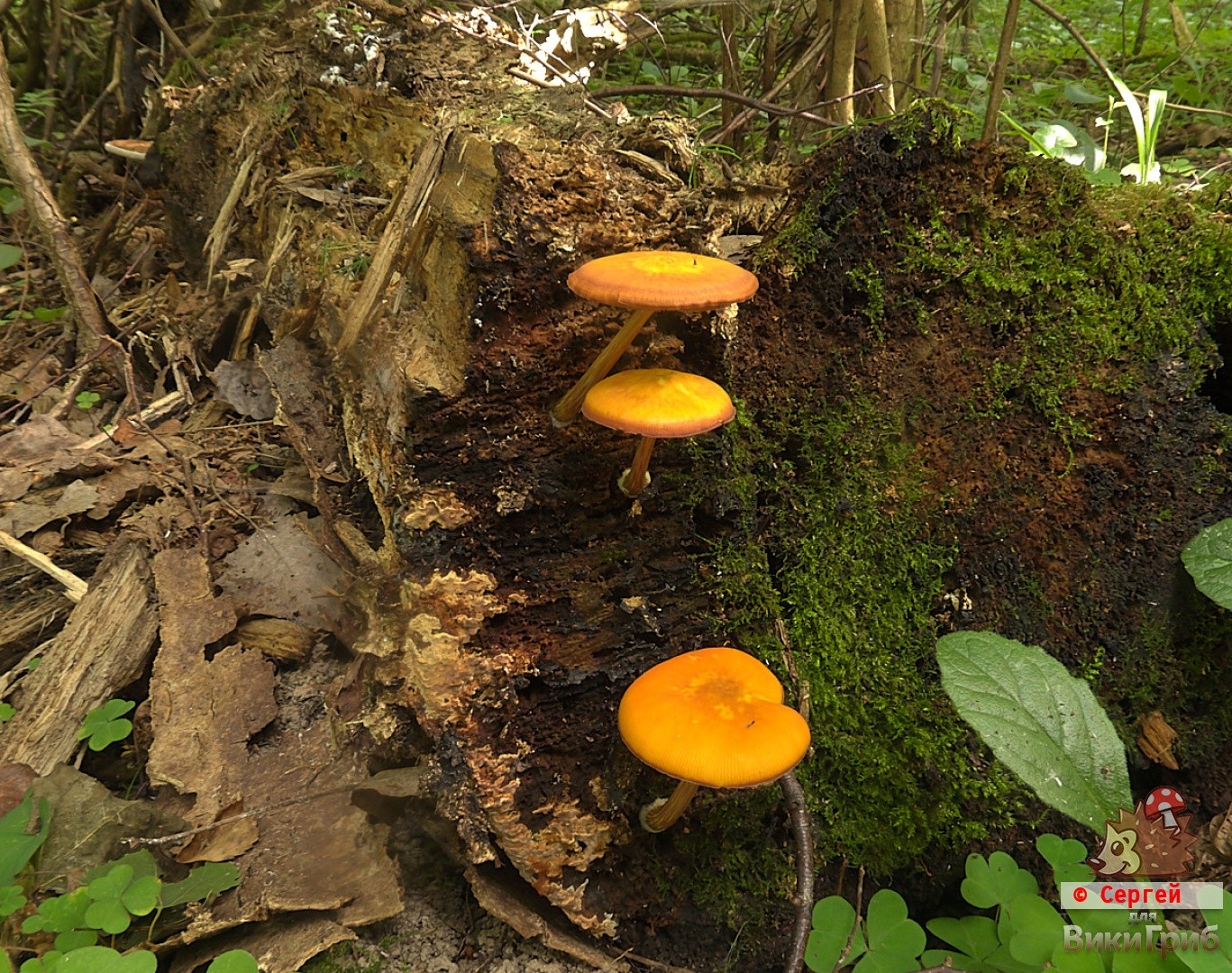
There have been cases of growth on railway sleepers.
The mushroom can be found infrequently, but its habitat is quite extensive: from continental Europe, Our Country to the Japanese islands.
Нејестива печурка.
Pluteus variabilicolor, due to its distinctive orange-yellow color, can only be confused with other similarly colored species. The macroscopically distinguishing features are often a profusely striated margin.
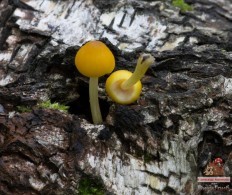
Лавље жути бич (Плутеус леонинус)
It has a trichodermic pileipellis with erect, often septate, strictly fusiform terminal hyphae. There are shades of brown in the color of the cap, and the edge of the cap is not striped.

Златни бич (Плутеус цхрисопхаеус)
It has a pileipellis formed by the hymeniderm from spheroidal cells, in some cases slightly pear-shaped. It differs in smaller sizes and the presence of brownish tones in the color of the cap.
Pluteus aurantiorugosus (Trog) Sacc. has a reddish-orange hat.
In Pluteus romellii (Britzelmayr) Saccardo, only the leg is colored yellow, and the hat, unlike the multi-colored plute, has a brown color.
Фото: Андреј, Сергеј.
Микроскоп: Сергеј.









